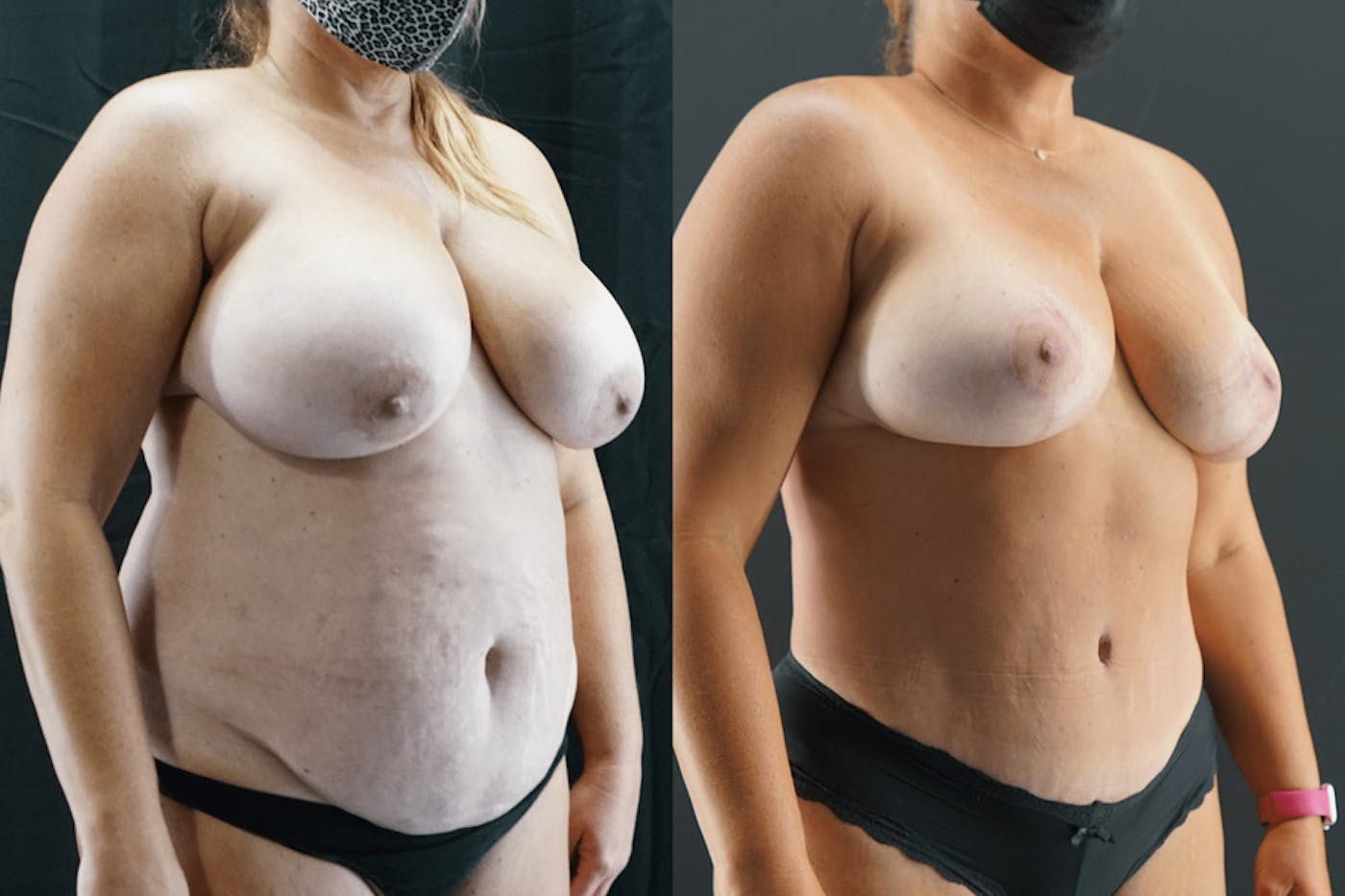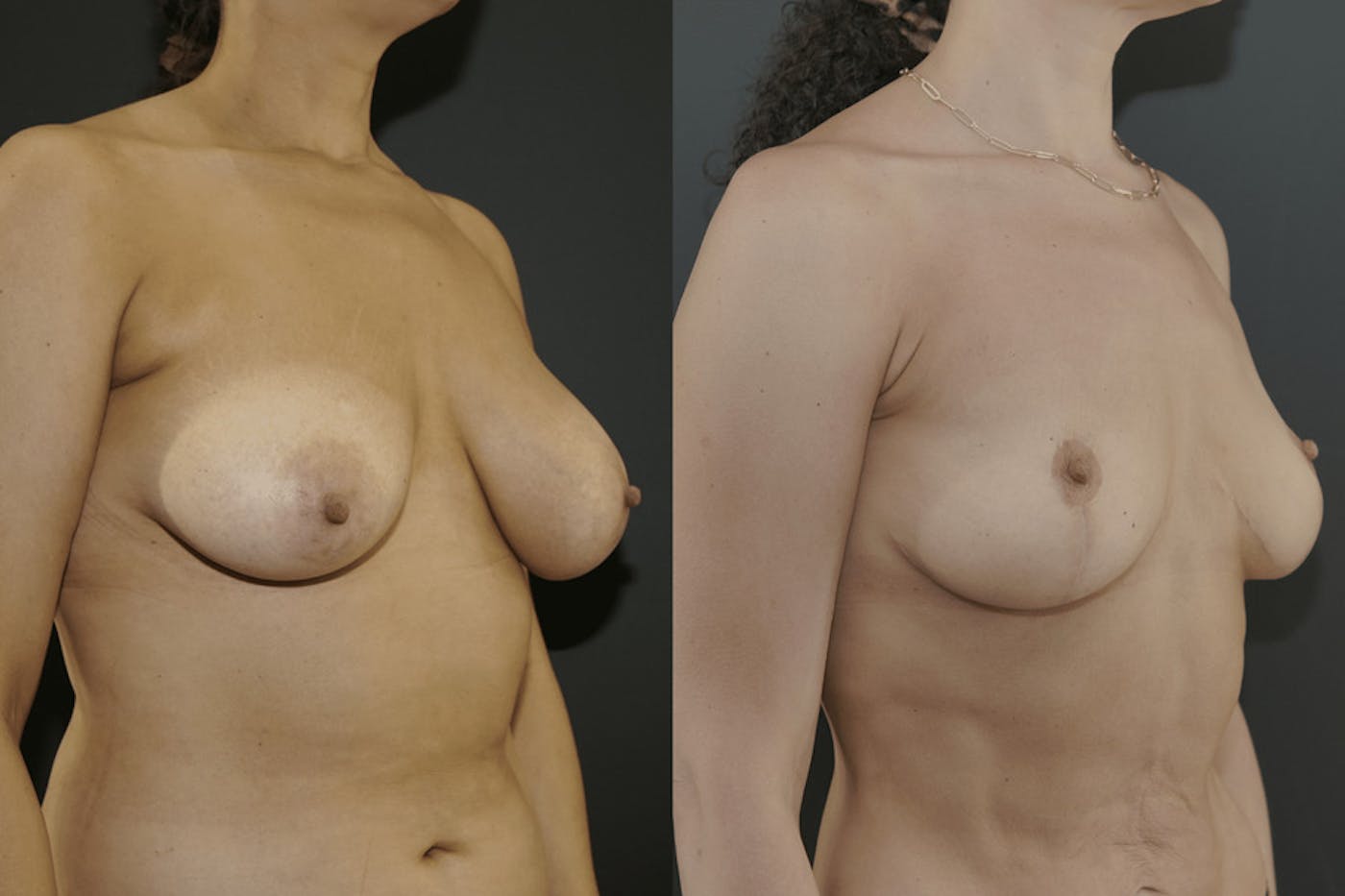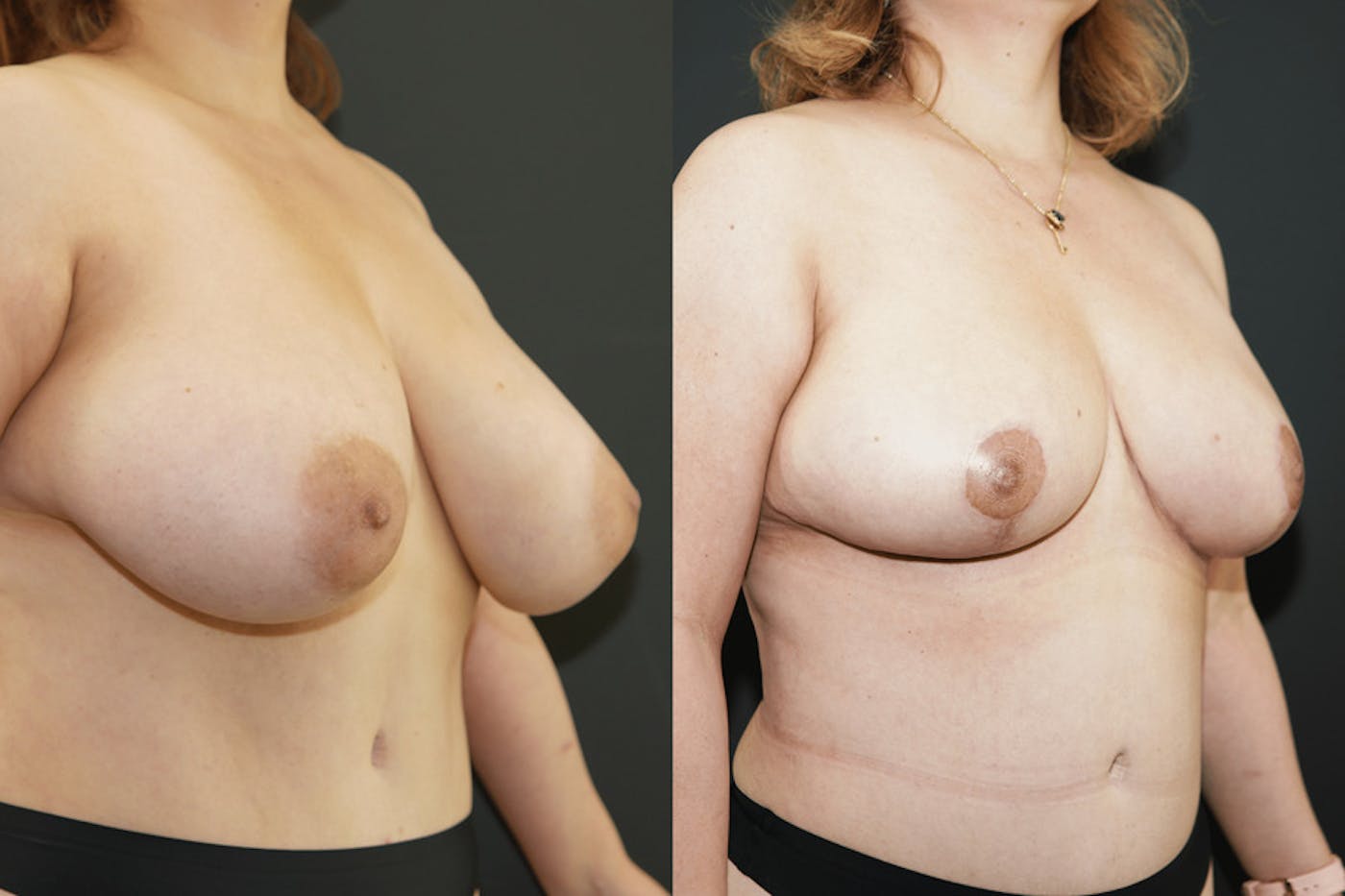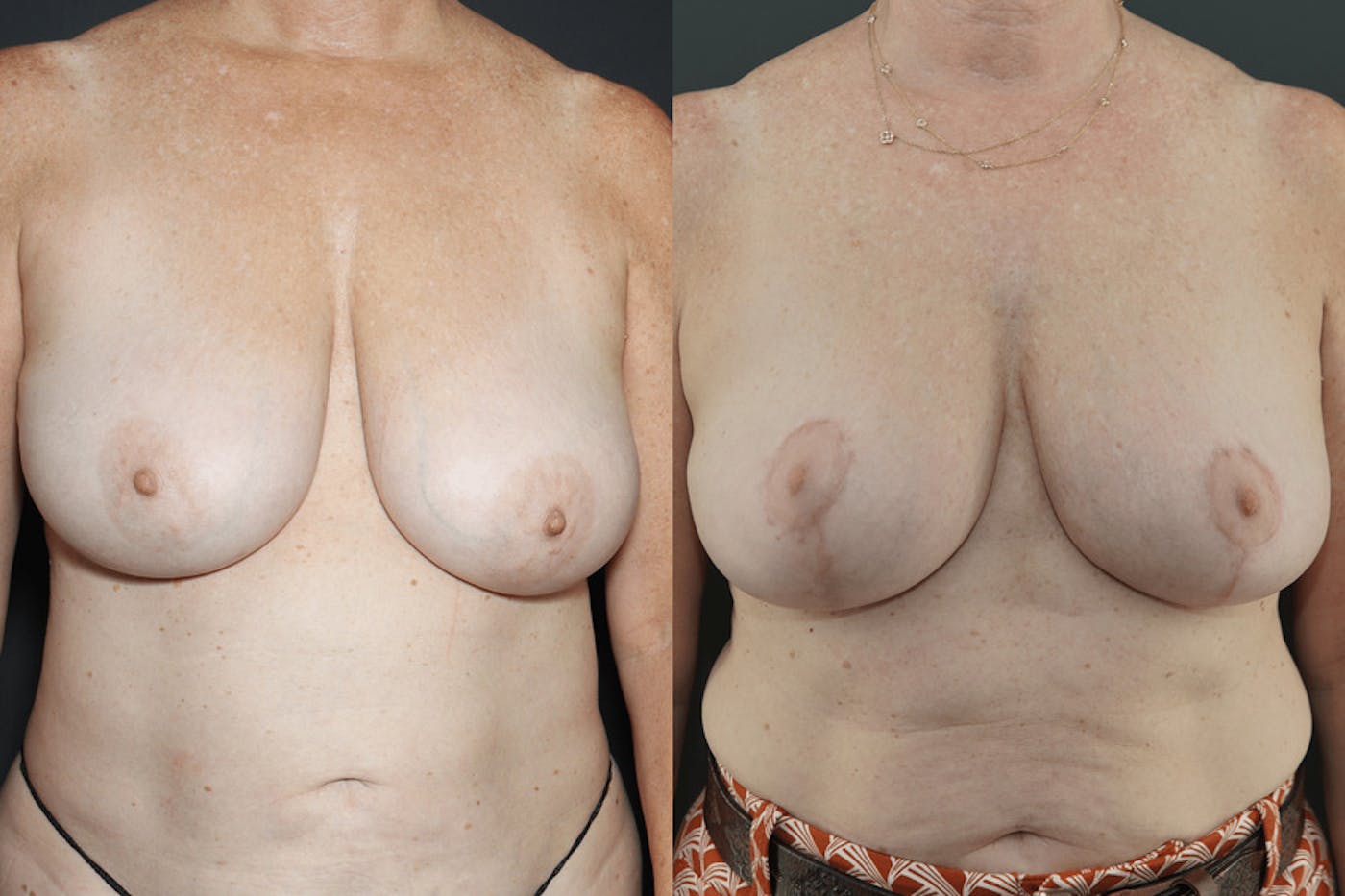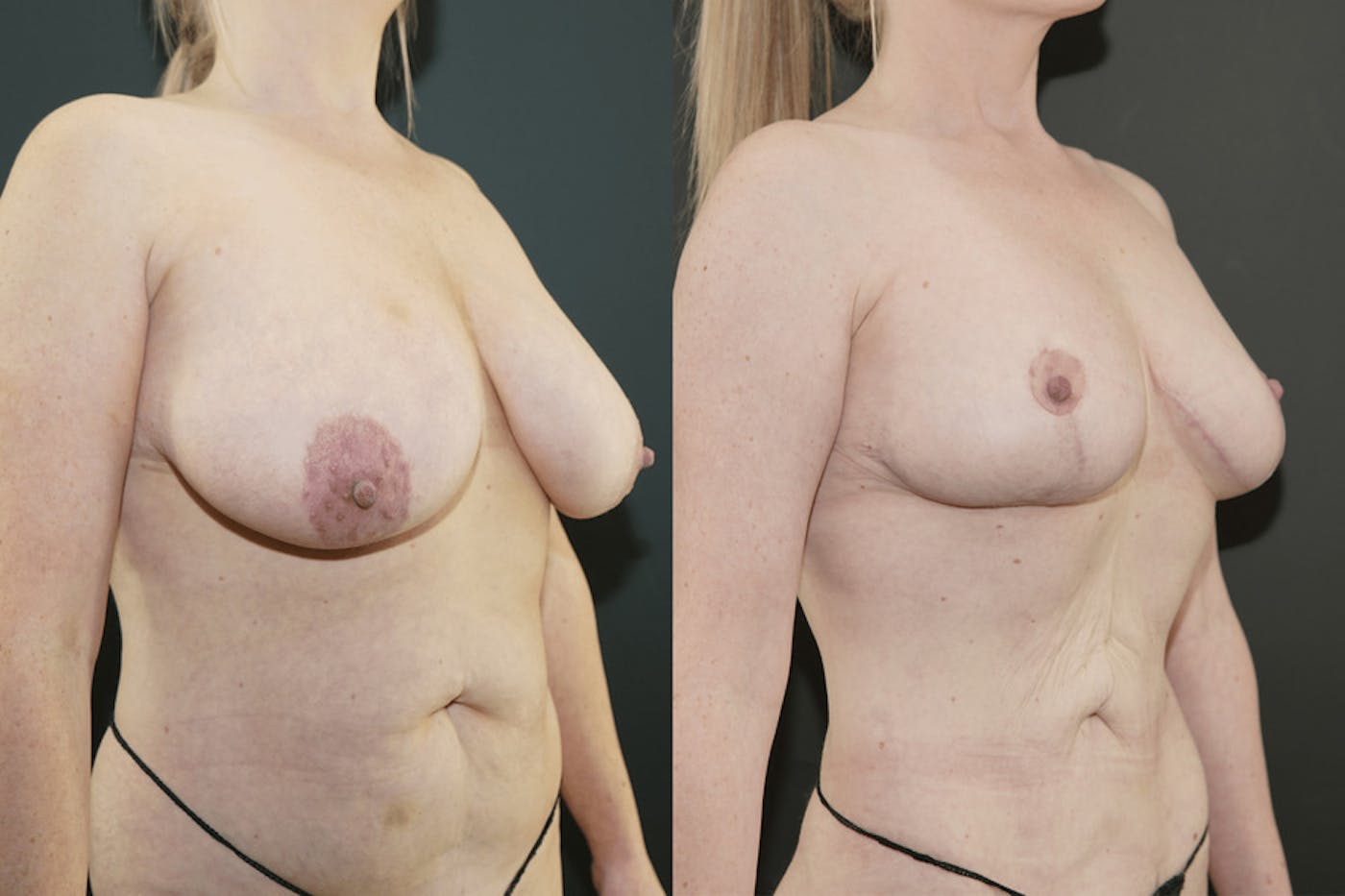Lighten the load—refine, reshape, and reclaim your confidence
For many women, overly large breasts are more than just a cosmetic concern—they can cause chronic back, neck, and shoulder pain, restrict physical activity, and make it difficult to find clothing that fits comfortably. Often, women will feel they need to hide away, or will not embrace everything life has to offer because their overly large breasts cause pain and embarrassment.



